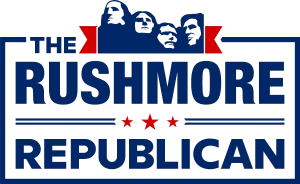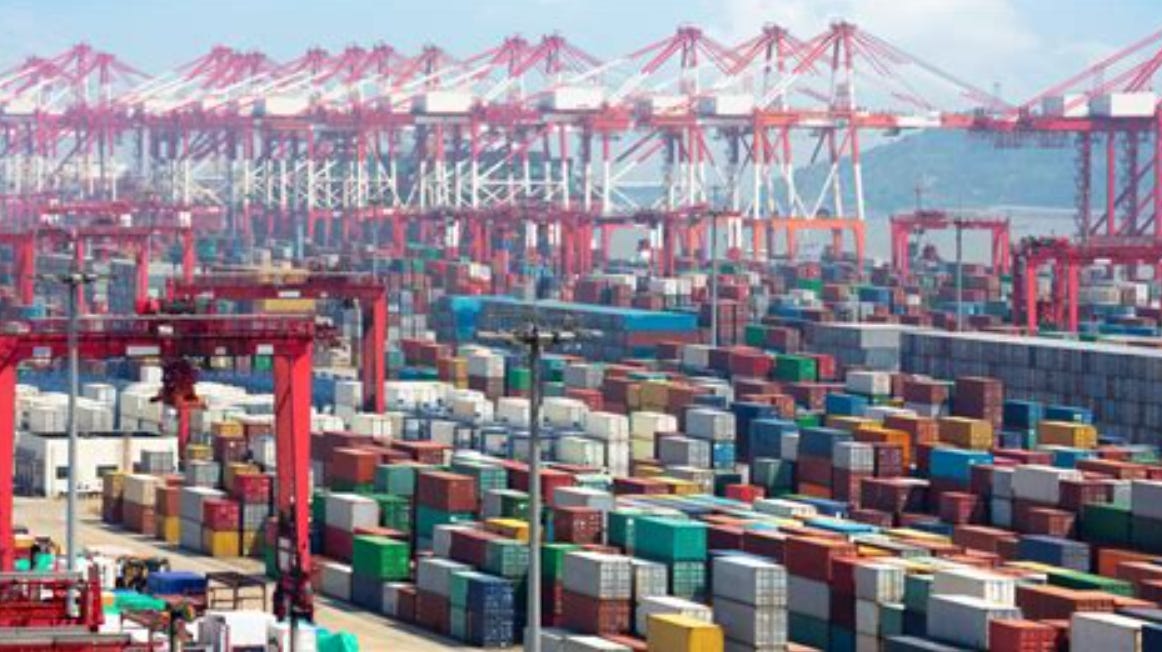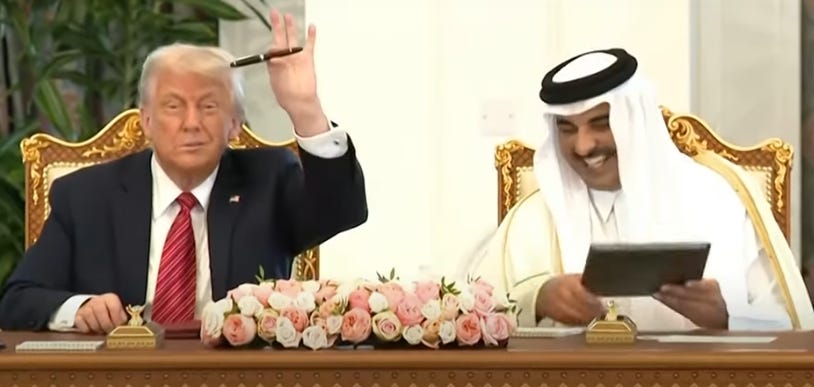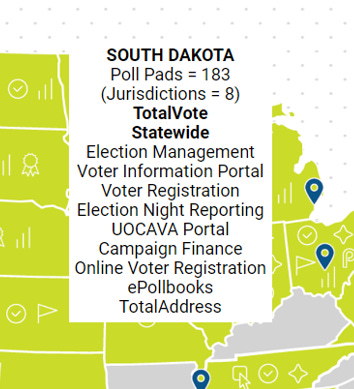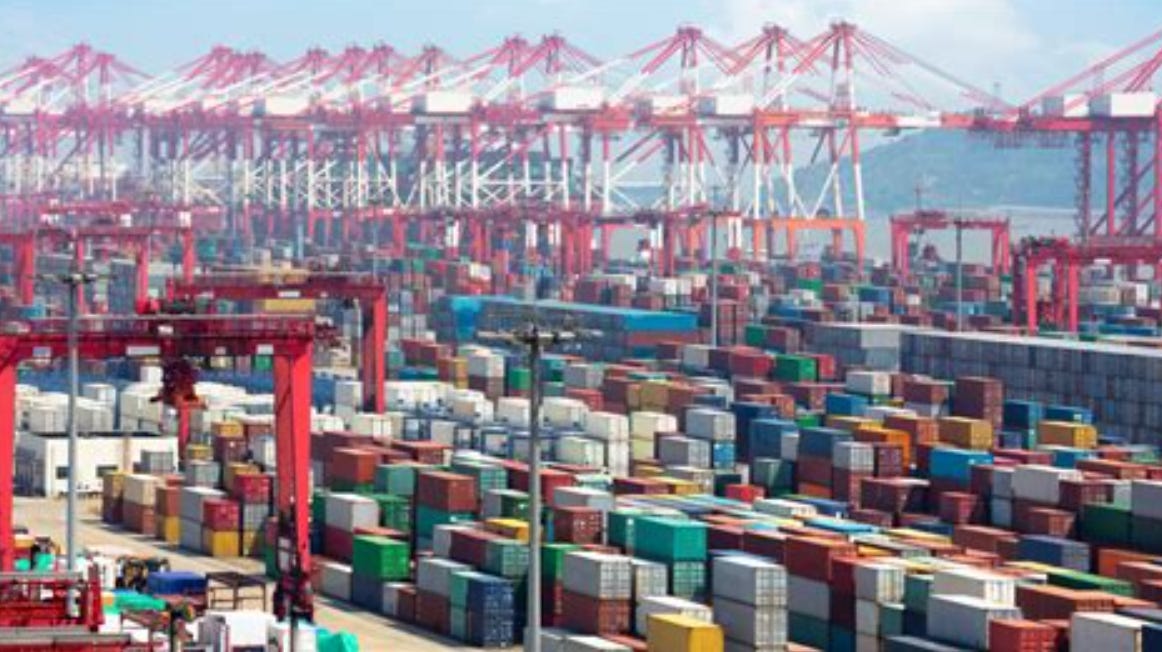
Massive container backlog in communist China
Chinese communist leader Xi Jinping was riding high at the Third Plenary Session of the 20th Chinese Communist Party Central Committee back in July 2024. After all, years of Chinese trade surpluses had funded the largest modernization of the People’s Liberation Army in history, and the geopolitical benefits of PLA pressures on other nations in East and South Asia and elsewhere were beginning to pay off, especially with regard to the new normal of PLAN deployments surrounding Taiwan. And the hollowing out of Main Enemy America on all fronts – especially economic, military, cultural, and ideological – must have stimulated many toasts and much back-slapping during the Third Plenary.
Doubtless all in attendance believed that the apparent bending of the arc of history toward Beijing in recent decades (with a lot of nudges from Zhongnanhai along the way) proved the inevitability of CCP rule over the entire world. However, those hopes and dreams are abruptly facing the reality of reciprocal tariffs and a US president who is the first since Dwight D. Eisenhower to directly confront the Chinese communists:
If China does not withdraw its 34% increase above their already long term trading abuses by tomorrow, April 8th, 2025, the United States will impose ADDITIONAL Tariffs on China of 50%, effective April 9th. Additionally, all talks with China concerning their requested meetings with us will be terminated! – US President Donald J Trump on Truth Social, 7 April 2025
The Chinese geopolitical house of cards built on picking America’s pockets via free trade, multilateralism, and replacing the liberal international order with a bizarro Chinese version run by Beijing is potentially facing a total collapse.
Let us examine the situation.
BENDING THE ARC TOWARD BEIJING
“Bending the arc of history” is a modern euphemism derived from 19th Century theologian Theodore Parker, who stated that “the arc [of the moral universe] is a long one, … and it bends toward justice.” Martin Luther King, Jr., popularized the phrase during the 1960s civil rights movement in the US, and others have adapted and secularized it to rationalize geopolitical movements, ideological conflicts, and history in general.
For example, the Chinese communists must have been happy to see this 2012 headline in Smithsonian Magazine: The Arc of History is Long, But it Bends Toward Asian Economic Dominance.
The communist Chinese purportedly play the long game with respect to geopolitics. Many foreigners have become anesthetized to CCP promises of Chinese world hegemony at some point in the future. Others have discounted those claims in chasing the unrealized goal of integrating the closed Chinese communist-run society into the world’s geopolitical and economic system while simultaneously personally benefitting from the free trade policies that were supposed to be the mechanism by which China was to have been “opened up” to the world.
By the mid-1970s, the Chinese communists began noticing that the world was passing them by in terms of economic development and fielding modern military weapon systems. Deng Xiaoping and others hit upon the concept of implementing economic reforms that would deliver “socialism with Chinese characteristics.” Central to those reforms was enticing foreigners – especially Americans – to invest heavily in the Chinese economy over time.
In retrospect, it is easy to discern how the arc of history was purposely bent toward Beijing through many US presidencies:
In 1972, Richard Nixon was the first US president to visit communist China. That diplomatic breakthrough (the largest CCP diplomatic coups ever at the time) laid the groundwork for all that followed, including what some apologists have dubbed the “Chinese miracle.”
Jimmy Carter piled on bigly by terminating the 1954 U.S.-Taiwan Mutual Defense Treaty on 1 January 1980. That action, coupled with the normalization of diplomatic trade relations, established the cockamamie one China two systems policy that has hamstrung Taiwan’s relations with the rest of the world ever since (not to mention complicated US policies vis-à-vis Beijing). Even more important was the granting to communist China of Most-Favored Nation trade status in 1979, which ignited the growth of the Chinese economy.
The ChiComs even made progress with the ultimate Cold Warrior, President Ronald Reagan, who visited China in 1984 and met with Chinese leader Deng Xiaoping. That trip marked a shift from Reagan’s outspoken anti-communism and inherent confrontation with Marxist regimes to a policy of engagement and the integration of China into the world economy. Sadly, Reagan had listened to Beijing’s favorite American, Henry Kissinger, in softening his reflexive anticommunism.
A former US envoy to Beijing in the mid-1970s, George HW Bush continued the Kissinger policies of engagement and rapprochement with China during his one term presidency. He gave the communists another diplomatic coup after the Tiananmen Square massacre in 1989 in his muted response to Chinese atrocities committed and behind-the-scenes diplomatic efforts to maintain relations with China when many people were clamoring for harsh measures. He also signed the North-American Free Trade Agreement on 1992, which the Chinese subsequently exploited to extend supply chains for Chinese products through Canada and Mexico and avoid taxes and regulations.
Bill Clinton gave away a lot of the US store to Beijing during his presidency. He pushed for China’s entry into the World Trade Organization (WTO) through the U.S.-China Relations Act of 2000, refused to link China’s human rights record to renewals of its Most Favored Nation (MFN) trade status, changed US Commerce Dept regulations to allow for the export of military use technologies (satellites, communications, missiles, etc.), and enabled Chinese puppet state North Korea to obtain nuclear weapons.
George W Bush bought into the Kissinger policy of China engagement, strengthen ties, and promoting stability with Beijing. The latter was particularly important, as the Bush presidency became mired in counterterrorism wars in the Middle East. Although publicly describing China as a “strategic competitor,” the Bush presidency did not formulate a comprehensive strategy that defined a coherent US response to the emerging China threat.
As part of this so-called “Climate Action Plan,” Barack Obama made a deal with China in 2014. The US agreed to reduce its greenhouse gas emissions by 26-28% below 2005 levels by 2025 while China agreed to peaking CO2 emissions by 2030 and concurrently increasing non-fossil fuels energy sources to around 20% of total Chinese energy consumption. Thus began the green energy tech rise of China, which is now the top producer of electric vehicles, solar panels, and batteries in the world (meanwhile starting construction on 94.5 gigawatts of coal-fired power in 2024 – the most by far in the world!).
The first Donald Trump presidency must have come as a shock to Xi Jinping. For the first time in memory, a US president was pushing back on the Chinese trade surplus with the US while the Trump administration increasingly identified China as an economic and security threat to the US. As a result, NAFTA was renegotiated to close loopholes beneficial to China, and a tariff regime was implemented to shrink the trade deficit that ultimately covered over $300 billion of Chinese imports into the US. Trump also focused on rebuilding the US economy and military and strengthening US foreign relations with allies around the world (a reversal of the US trajectory desired by the Chinese communists).
The good old days returned for Beijing with the inauguration of the China-friendly Joe Biden in January 2020 (China-friendly because of the backdoor business deals with Biden family members, as has been subsequently discovered). The last four years resulted in the implementation of Marxist DEI and other divisive culture-changing policies, coordinated efforts to weaken the US military and undermine morale, and spend-thrift fiscal actions aimed at destroying the US economy and bankrupting the US.
Enter the Trump 2.0 administration and the strategy economic reset represented by reciprocal tariffs that have elicited apoplectic responses from the Chinese foreign ministry and their allies among China hands in the US who support China engagement. For example, this 7 April headline from state-run Global Times: Chinese FM strongly responds to US tariffs, calls them ‘hegemonic’ under guise of ‘reciprocity’.
Reciprocal tariffs are aimed at achieving fair and balanced trade with individual US trade partners by mirroring the trade barriers imposed by each country. The long-term goal is equal tariffs between the US and each individual country. What could be more fair than that?
The big problem for China and much of the rest of the world is that most countries have implemented relatively high tariffs against US goods while the US has generally promoted free trade and low tariffs against imported goods. For example, Chinese tariffs on most US products in recent years have averaged around 20% (in violation of WTO provisions on free trade among MFN partners) while US tariffs on China prior to 2016 averaged about 3.5% (consistent with the average MFN rate among all US trade partners).
Given that the Chinese economy has been built on exports while exploiting MFN and other free trade provisions of the WTO, the communists have apparently miscalculated greatly that no American president would ever dare to confront Chinese mercantilism through reciprocal tariffs. The Chinese response to the additional tariffs proposed by on Chinese goods by President Trump has been to raise their own tariff rate to 34% and then to 125% in response to President Trump raising China tariffs to 145% while granting a 90-day pause to other countries who haven’t followed China’s lead in responding to US tariffs. Good luck with that!
Where will the Chinese find markets to achieve the pre-2020 US consumption rate of Chinese goods, given that their efforts to off-shore production and supply chains to get around US tariffs and regulations are also at severe risk through US reciprocal tariffs? And China is being increasingly isolated on the international trade front as the only country going tit for tat with the US on tariffs.
CONCLUDING THOUGHTS
The Chinese Communist Party has staked its claim to legitimacy for decades by delivering a rising standard of living to all Chinese citizens. And the communist plan has been to bend the arc of history toward Beijing becoming the largest export economy in the world to sustain that rising standard of living for Chinese. According to Statista, about 19% of Chinese GDP is dependent on exports. They may have made a major miscalculation, as US reciprocal tariffs with China could very well be a stake in the heart of the Chinese economy and the CCP, and the notion that the arc of history is bending toward Beijing may be finally exposed as the myth it has always been.
It’s looking like Xi Jinping and his faction might be facing some serious headwinds at the Fourth Plenum of the 20th Central Committee, expected in late 2025.
The end.
